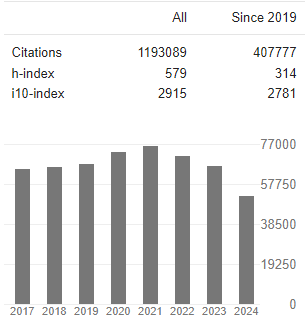Incidence and Outcome of Readmission of Surgical Patients to Intensive Care Unit and Associated Factors at Tikur Anbessa Specialized Hospital Prospective Observational Study
Abstract
Osman Aman Hamido*, Yidersal Demsie Denberu, Amria Shamil Shafi, Yonatan Abebe Bulto and Betenas Ayalew Tafesse
Background Globally, advancements in critical care have significantly improved survival rates for critically ill patients. However, the availability and high cost of intensive care facilities remain major challenges, especially in developing countries. ICU readmission, defined as a patient’s deterioration during the same hospitalization necessitating a return to the ICU, is associated with poor outcomes and increased costs. While most studies on ICU readmissions are conducted in developed nations, little is known about its epidemiology, causes, and outcomes in Ethiopia.
Objective To determine the incidence, associated factors, and outcomes of surgical ICU readmissions at Tikur Anbessa Specialized Hospital (TASH) from September 2023 to February 2024.
Methodology This prospective, institution-based study was conducted from September 1, 2023, to February 29, 2024. Data were collected using prepared checklists from patient charts and analyzed with SPSS version 27. Descriptive statistics were used for continuous variables, and bivariate logistic regression was performed for predictor and outcome variables. Multiple logistic regression identified significant factors, with p-values <0.05 considered statistically significant.
Results Among 186 patients transferred from the ICU to the ward, 12 (6.5%) required readmission. Oxygen requirement during transfer significantly increased the likelihood of readmission (AOR 5.6, 95% CI: 1.367–23.439). Of the readmitted patients, 41.7% recovered, while 58.3% died.
Conclusion Oxygen requirement during transfer to the ward was a major risk factor for ICU readmission. Readmitted patients had poor outcomes, with a mortality rate of 58.3%.





